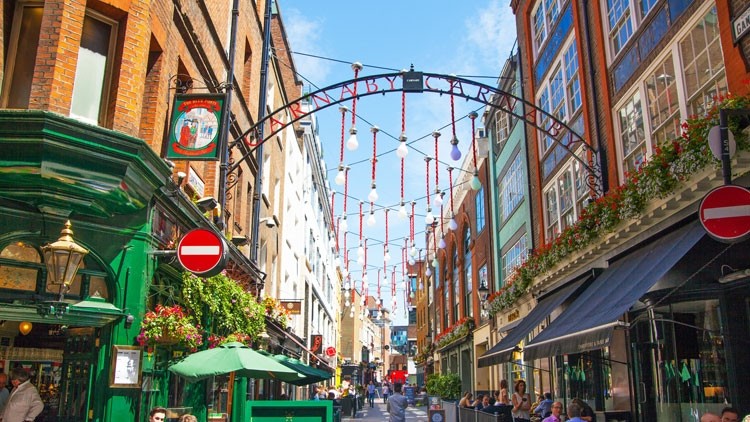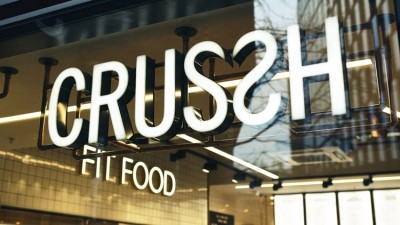Spiralling rents could lead to “exodus” of central London restaurants

That’s according to a survey of over 600 operators, including Bob Bob Ricard and Camden Dining Group, by property advisors Cedar Dean Group.
Over 80% of those polled described their current rents and rates as either “high” or “unsustainable”, and just 16% said they could continue trading as normal if costs continue to rise.
Cedar Dean says some rents in W1, WC2, E1 have more than doubled in the past year, with many restaurants coming up to their five-year review facing increases of 50%.
Restaurateurs are now spending an average of 21% turnover on rents, up from 16% last year.
“As restaurants have needed to expand, landlords have taken advantage and rents have crept up because of demand,” says Roger Payne, CEO of Camden Dining Group.
The study warns the situation will lead to an increase in reverse premiums as landlords struggle to shift empty space, and a possible “exodus” of restaurants from central London in favour of cheaper spaces.
It also highlights a lack of tenant security, with more than a quarter of restaurants saying their leases don’t fall under the Landlord & Tenant Act 1954 - which gives tenants the right to have a renewable lease on the same terms as their original agreement.
“The average leaseholder today has no protection whatsoever; they can’t rely on the Act,” says Leonid Shutov, owner of Bob Bob Ricard.
“If landlords are unwilling to offer a lease within the Act, they have no choice. Restaurants are small organisations; many of them are one-off independents. It is much more difficult for them to have the inside knowledge to find this information and not having a transparent system sets them up for failure.”
Looking ahead
The report points to the aggressive expansion of ‘supertrader’ brands such as Five Guys and Shake Shack paying huge premiums to secure desirable sites as having pushed up market rents to the extent that even chains such as Jamie’s Italian and Prezzo are feeling the strain.
It predicts a rise in restaurants launching remote delivery kitchens through platforms such as Deliveroo Editions as a means to expand without the costs of a bricks and mortar site.
Established operators such as Kricket and chef Andrew Wong have both launched new concepts through the platform this year.
Cedar Dean suggests one solution would be asking landlords to sign up to an “affordability statement”, which would require operators to demonstrate that their combined rent and rates do not exceed 25% of net turnover.
Where costs do surpass this level, landlords could consider giving a rent concessions during which a lease could not be assigned until arrears were made up.
“We always knew that the upward only rent review system created a cliff edge ending for operators but these latest statistics are much worse than what we saw a year ago,” says David Abramson, CEO of Cedar Dean.
“One thing the last few months has shown is that high rent and rates are not just affecting businesses that need to improve but also operators that invest substantial sums in the capital city including the likes of Ripley’s, Believe it or Not, Jamie’s Italian and Byron who have all suffered closures.
“It is plain and simple: the numbers just don’t add up. Without intervention, the restaurants will be forced to close their doors and by the time landlords wake up it will be too late.”























